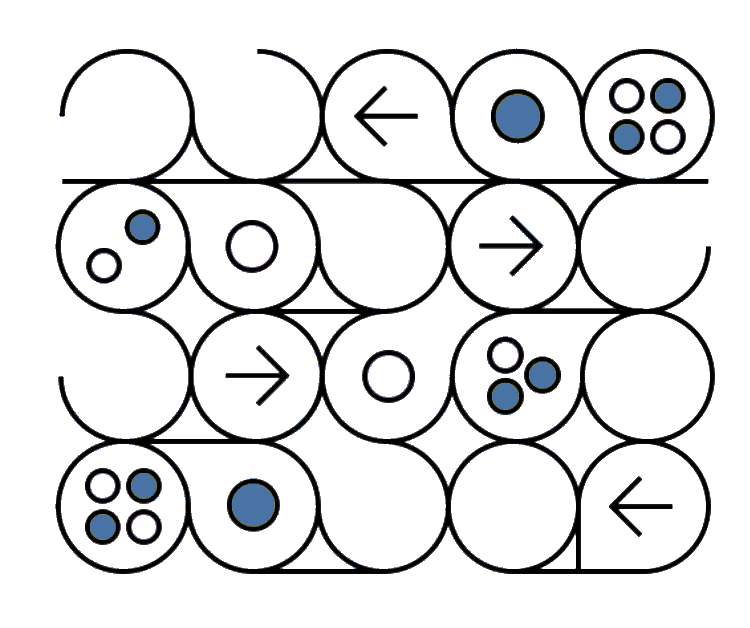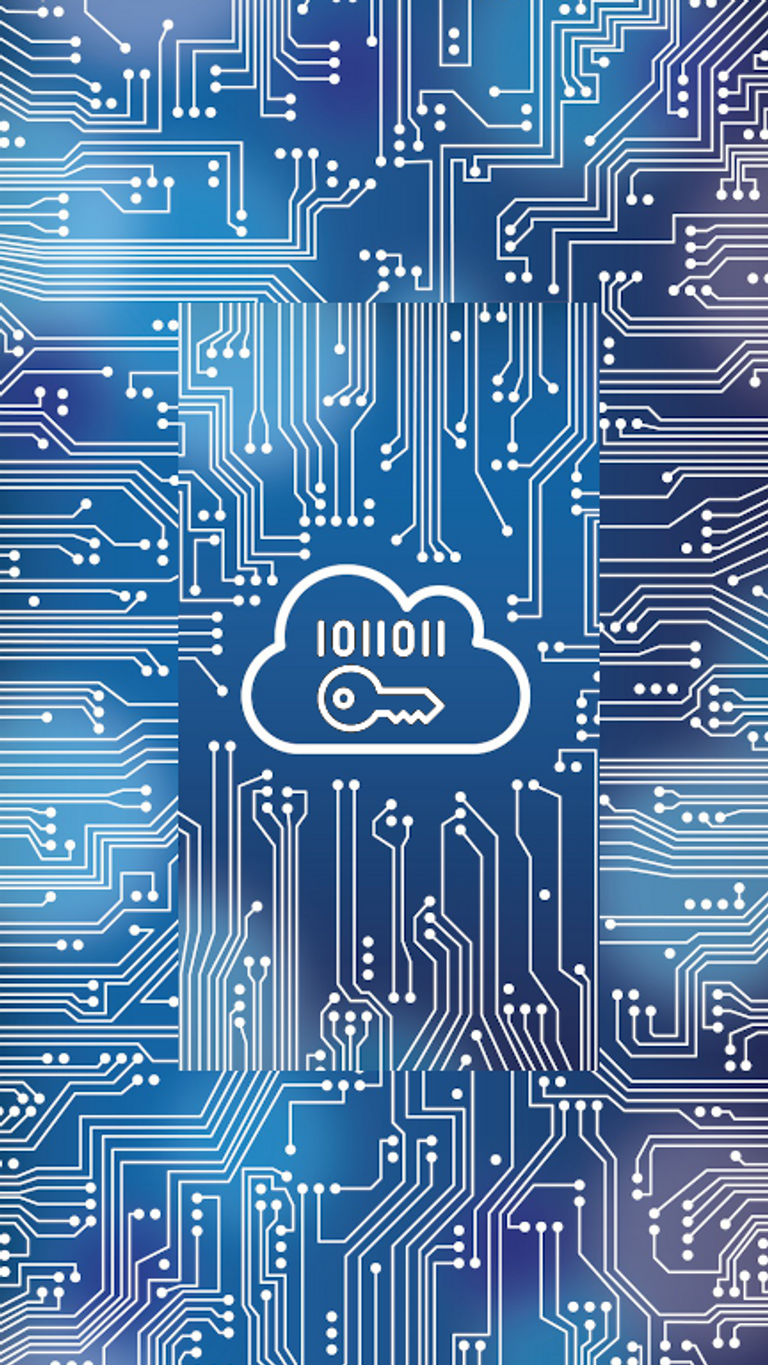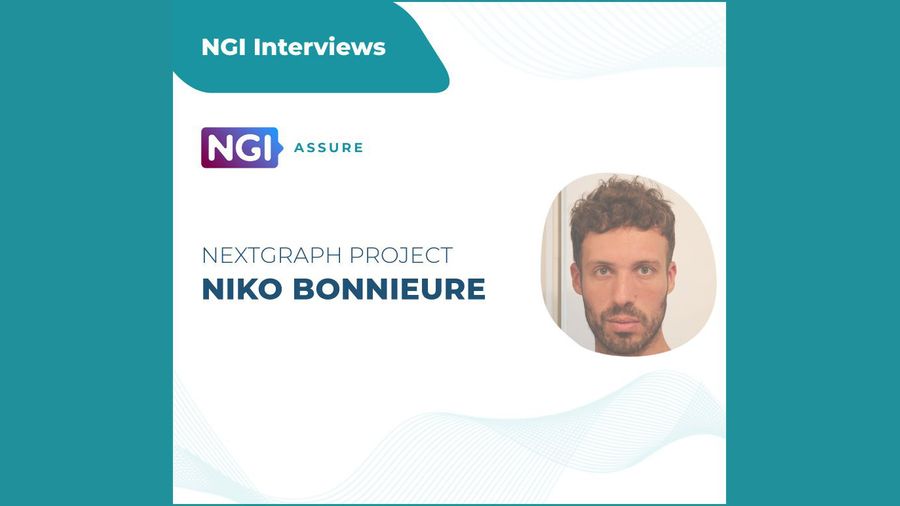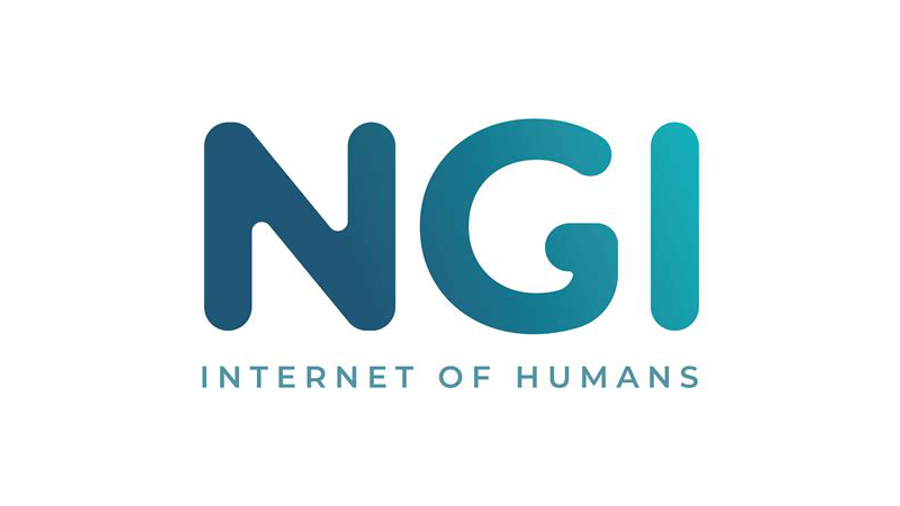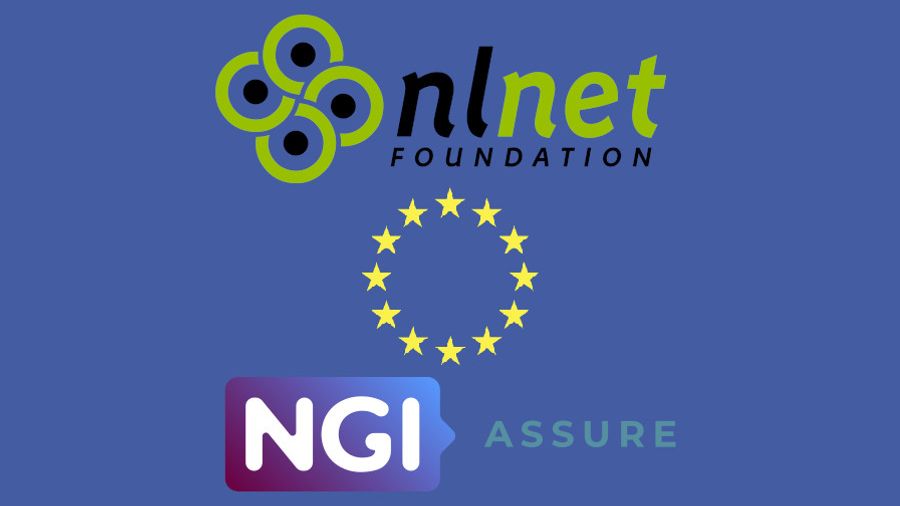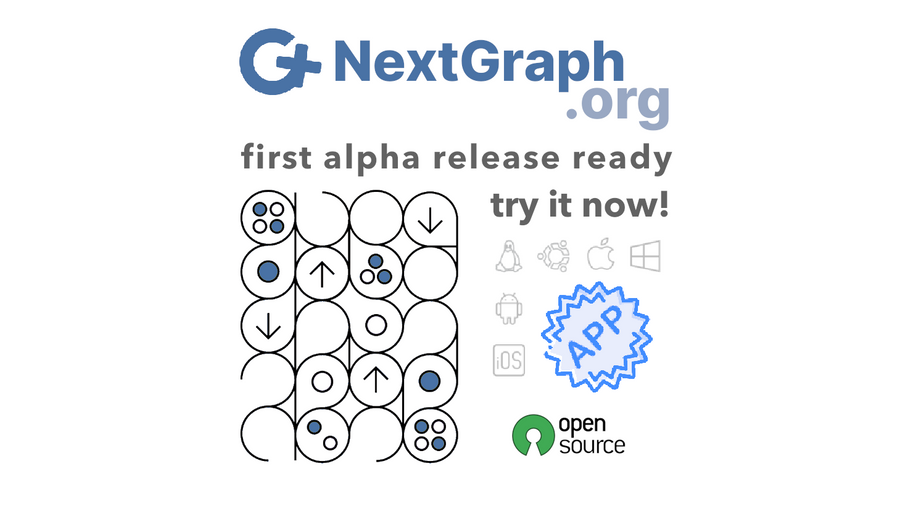
Alpha release 0.1.1
We have released our apps in alpha version. Try it now! And discover what we propose for the future of the Web of Data, with local-first, interoperable and malleable software that empowers every user with regained control over their data and privacy. NextGraph is end-to-end encrypted, and is based on CRDTs for the Semantic Web.

